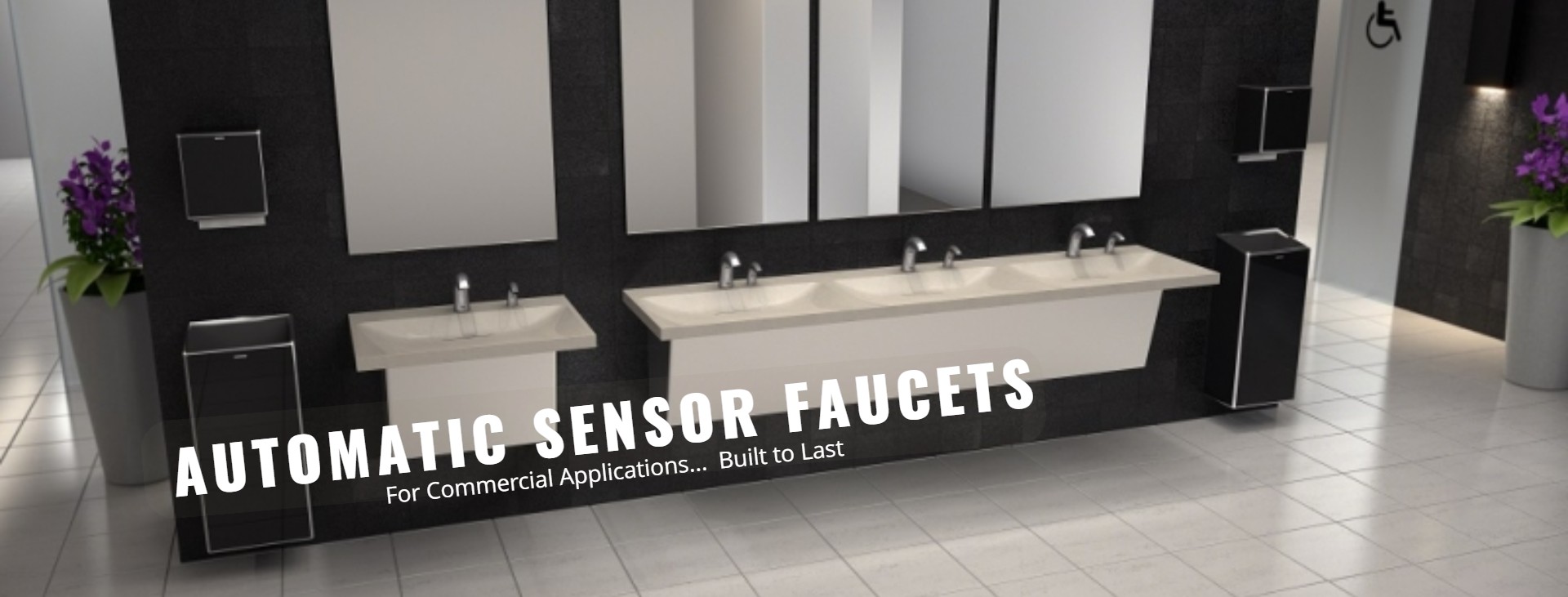Types of Bathroom Faucets Valves
Many Types of Bathroom Faucets Valves
There are different types of bathroom faucets valves, but in the end they all have the same function: to turn the water on and off and regulate the temperature and water flow. It is important to understand how the different types of valves available on the market work, so you can make an informed decision about which one would suit you best. This knowledge is also helpful when it comes to performing basic maintenance or repairing on the valves.
The most common types of bathroom faucets valves you will find on the market are:
Compression valves
Are probably the most common valves in the US. While they are definitely the cheapest option, they are also the least likely ones to last for a long period of time. There are separate valves for cold water and hot water. When tighten they turn the water flow off. Inside the valve, there is a washer, made of plastic or rubber, which in time will get weak and crack. Fortunately, they are cheap and can easily be replaced.
Ball valves
Are also widely spread and they are much more durable than compression valves. There are no washers inside, the water flow is controlled by a perforated ball inside the valve. When the hole in this ball is in line with the water flow the valve is fully open, while when the ball is rotated 90 degrees by the handle the valve is completely closed. This kind of valves need less maintenance, a leakage will usually occur only in case of corrosion, in which case the entire valve has to be changed.
Cartridge faucets
have a mobile cartridge inside their handle which regulates the water flow. They usually have a long lifespan and when necessary the cartridge can be easily replaced
Faucet Ceramic Disc Valve
Are probably the most durable type of valve on the market. Inside they have a disc cartridge where 2 ceramic discs regulate the water flow by moving against each other. They are almost maintenance free and leakage from this kind of valve is usually caused by the inlet or outlet seal rather than the valve mechanism.
Faucet Installations
Installing a new bathroom faucet is a relatively simple task, assuming you don’t have custom plumbing fixtures to consider. Basically, you’ll be disconnecting the water supply lines, disconnecting the old bathroom faucet from the sink and drain assembly, and then attaching the new faucet in place.
Repairing faucets
Washer-type faucet valves work with a rubber or composition washer that closes onto a metal washer seat. The washer can become hardened, worn or the seat wears, causing the faucet to leak. You can close the faucet tighter to stop the leaking temporarily, but this increases the internal damage to the faucet. To repair the leak, first turn off the water. Take the faucet apart and examine the stem. If the threads are badly corroded or worn, get a new stem to match. If the washer is worn, replace it – this should stop any dripping.
The washer seat is located inside the faucet body. To determine if the washer seat is causing the leak you can check the tab body with a flashlight to see if it has any hole through its center, if so, it is replaceable. If you have the seat and washer service, your faucet should be like new. Put the parts back together in the reverse order of taking them apart.
